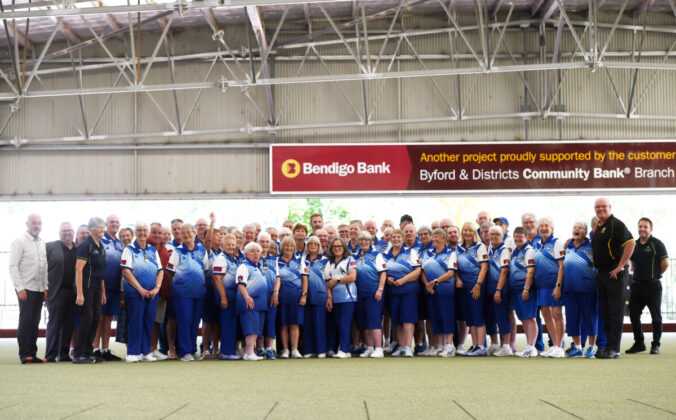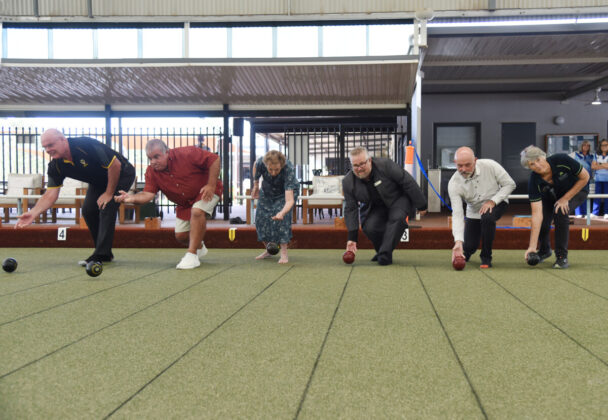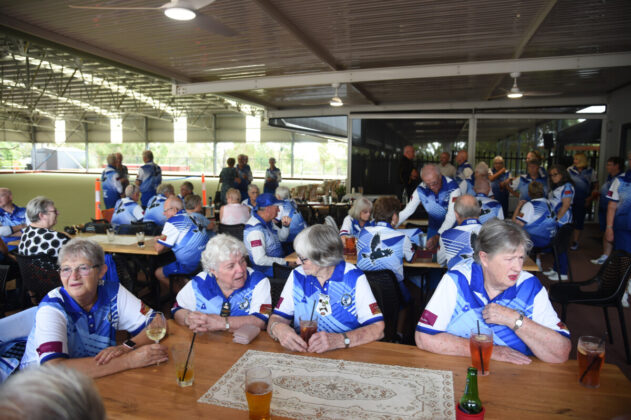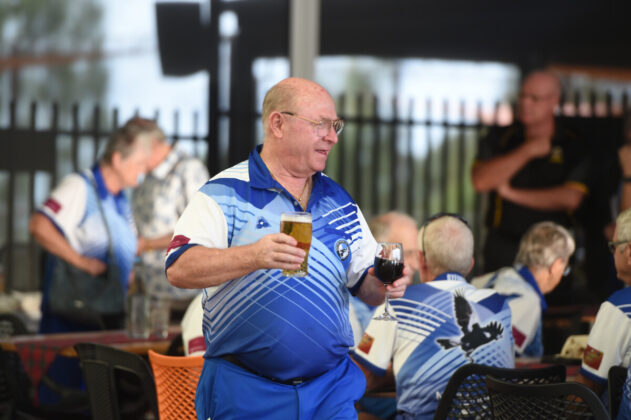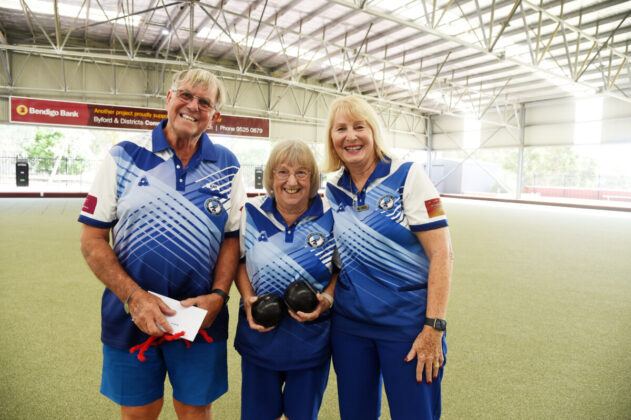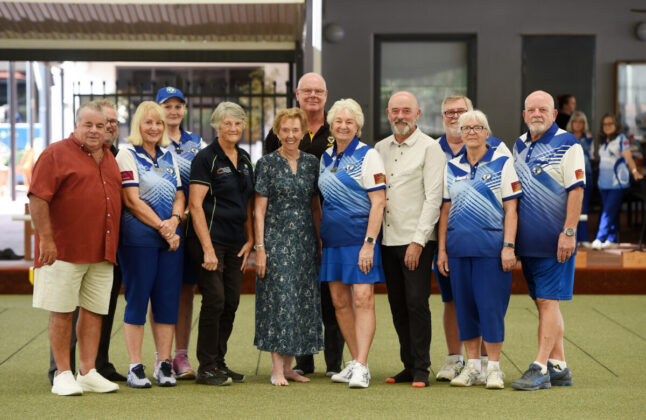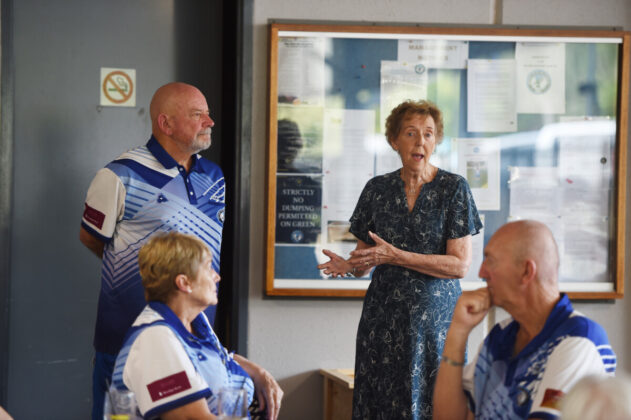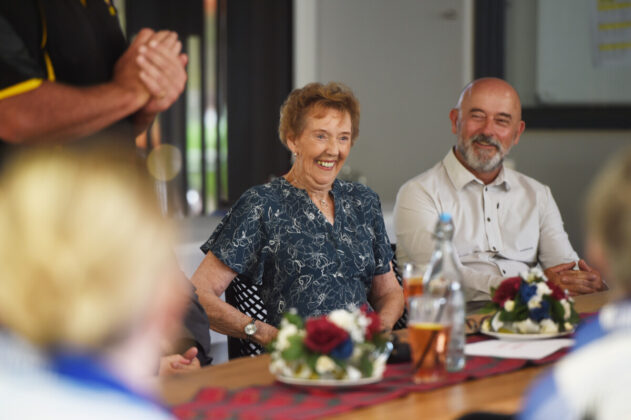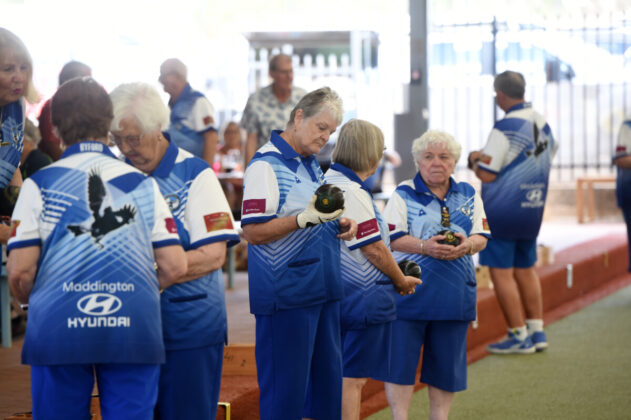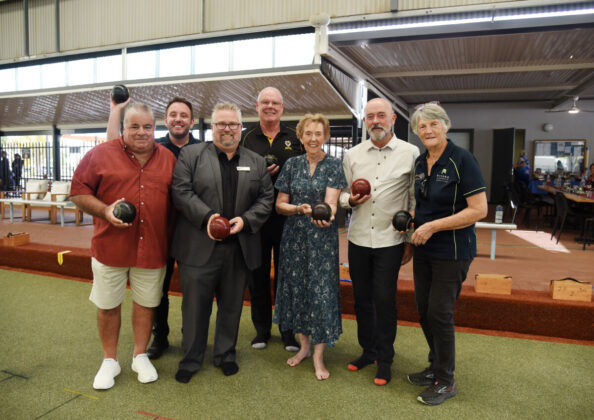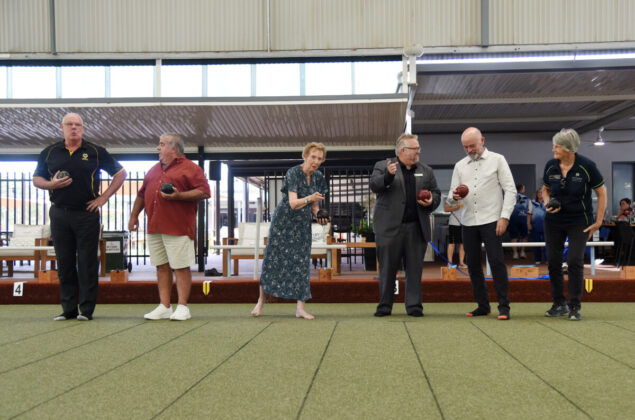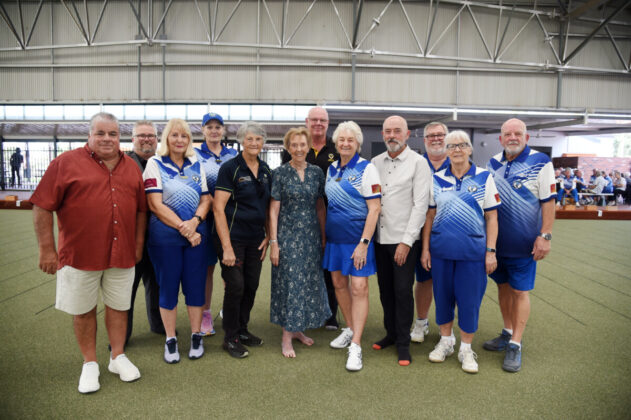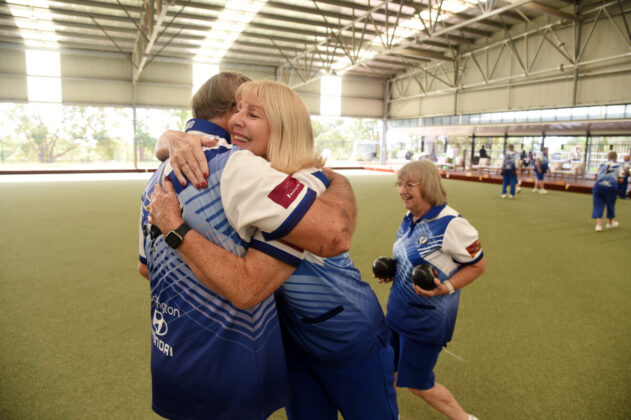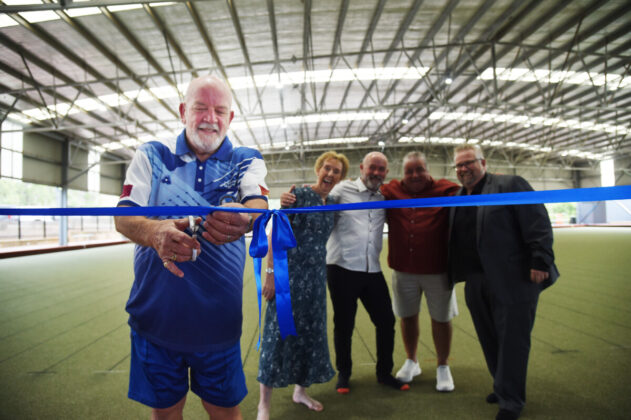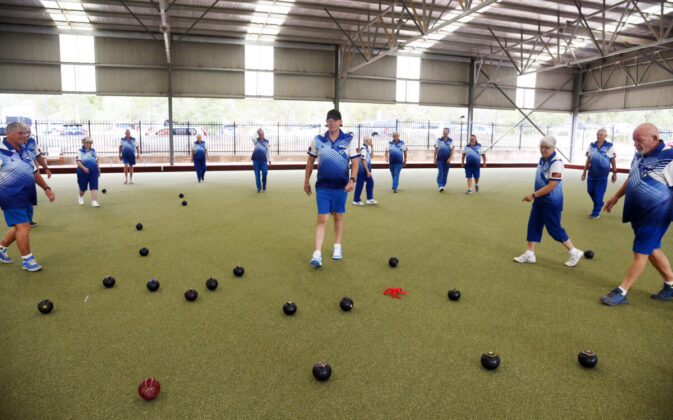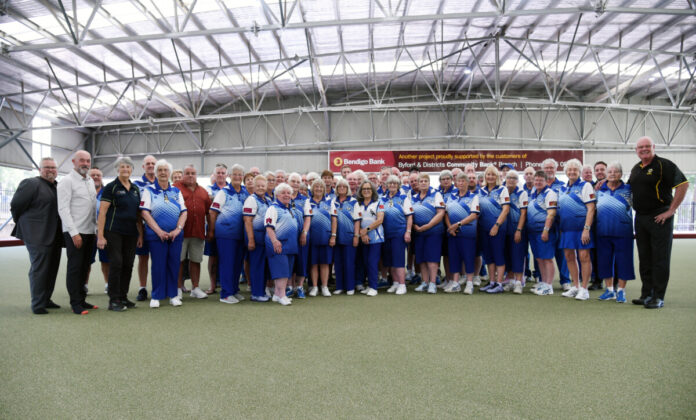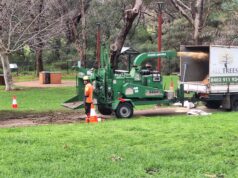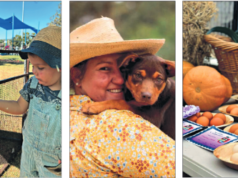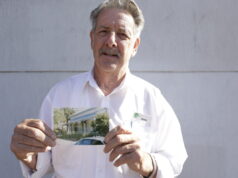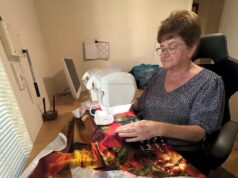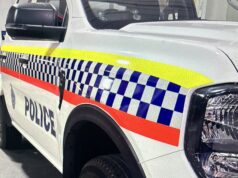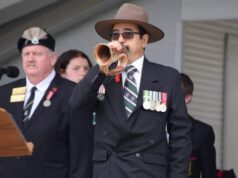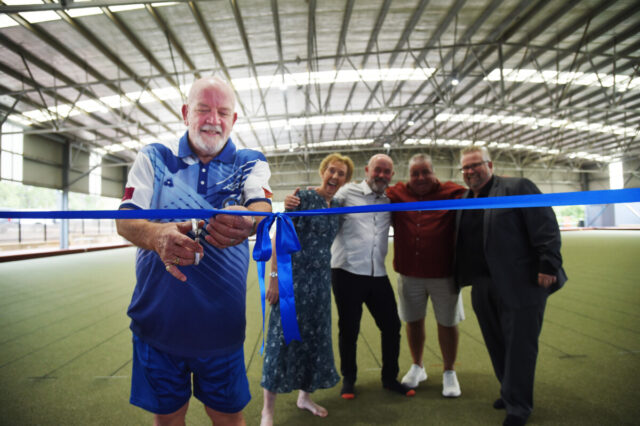
On Friday, the 135-member-strong Byford Bowling Club celebrated the beginning of a new era with the green of their dreams.
Their excitement was palpable, and so was their relief. After all, it’s been a journey to reach this point.
It was Kermit the Frog who first lamented in song about his green troubles. But the Byford and District Country Club and the Byford Bowling Club could now fill an entire blues album with their woes about replacing their ailing green.
The old one was only installed eight years ago, in 2016. But things quickly took a downward turn … into the back right corner.
On top of a conspicuous lean, there was a suspicion that the base under the green was breaking apart, leaving increasingly pronounced patches of corrugation.
“We knew four years ago it needed to be replaced,” Byford Bowling Club President Frank Jones said.
“It was atrocious – it didn’t have a good reputation.”
But when work began in August, it was instantly apparent that the extent of the problems was much deeper than first anticipated.
The base of a bowling green is composed of distinct components: an underlying sub-base, which has been exposed and levelled to form the foundation for subsequent layers, an engineered base layer made up of coarse and variable-graded stone material, and finally a finer, variable-graded, angular or capping layer is installed in order to provide a finished surface upon which the carpet can be laid.
Each layer is compacted in order keep it stable through periods of wet and dry, and to support the loading placed on the surface over time without subsidence.
But when the old green was rolled back, it was discovered that the original blue metal engineered base had not been compacted as it should have been. And with sand now mixed through it, it would be useless to try to compact it retrospectively.
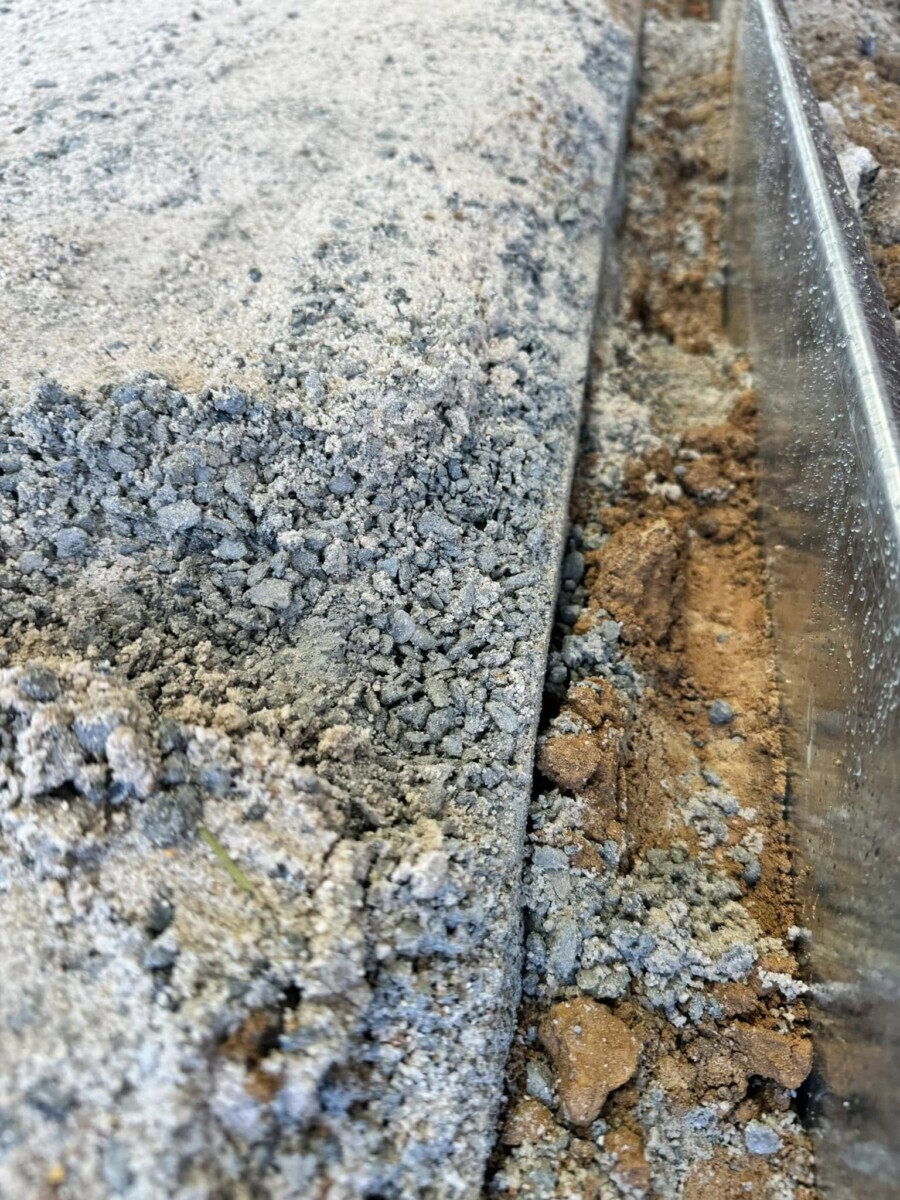
To make the best of a bad situation, the compromised base material was repurposed in the club’s overflow carpark.
But the trouble didn’t end there – a geotechnical consultant also had to be engaged to determine whether the sub-base was stable enough to support the new infrastructure.
“Unfortunately, we could not have known this before we commenced these works. We’re victims of shoddy workmanship from the original construction back in 2016,” the BDCC explained.
“There were several contractors and sub-contractors involved. Nobody is accepting responsibility and everybody is blaming the other parties involved.
“Now, we must decide if it’s viable/worthwhile to even attempt to claim against them. It may cost more in legal fees, without a guaranteed result.”
And because the state government had outlaid a significant amount for the original installation, the club was unable to ‘double dip’ by applying for state grants to help pay for the repairs.
But the community rallied behind the project, and a local company was brought in who prioritised the project and made sure it was done right this time around.
In the end, what should have taken four weeks took three months and cut into the first couple of rounds of the current pennants season. And what should have cost around $200,000 ended up taking well over $300,000 of funds from the community club’s coffers.
“It’s been a challenging, time-consuming, and our most expensive project to date, with plenty of bumps along the way,” BDCC Manager Ray Carey said.
“However, we’re fortunate to be able to support one of our key affiliate sporting clubs, the Byford Bowling Club, with this much-needed investment.
“A huge thank you to every BDCC member for making this project possible through your loyal and unwavering support.”
On Friday, the drama was quickly forgotten.
“This really is a red-letter day after a long hard road,” BDCC Chair Colleen Rankin said.
“But it’s done, and it’s so worthwhile.”
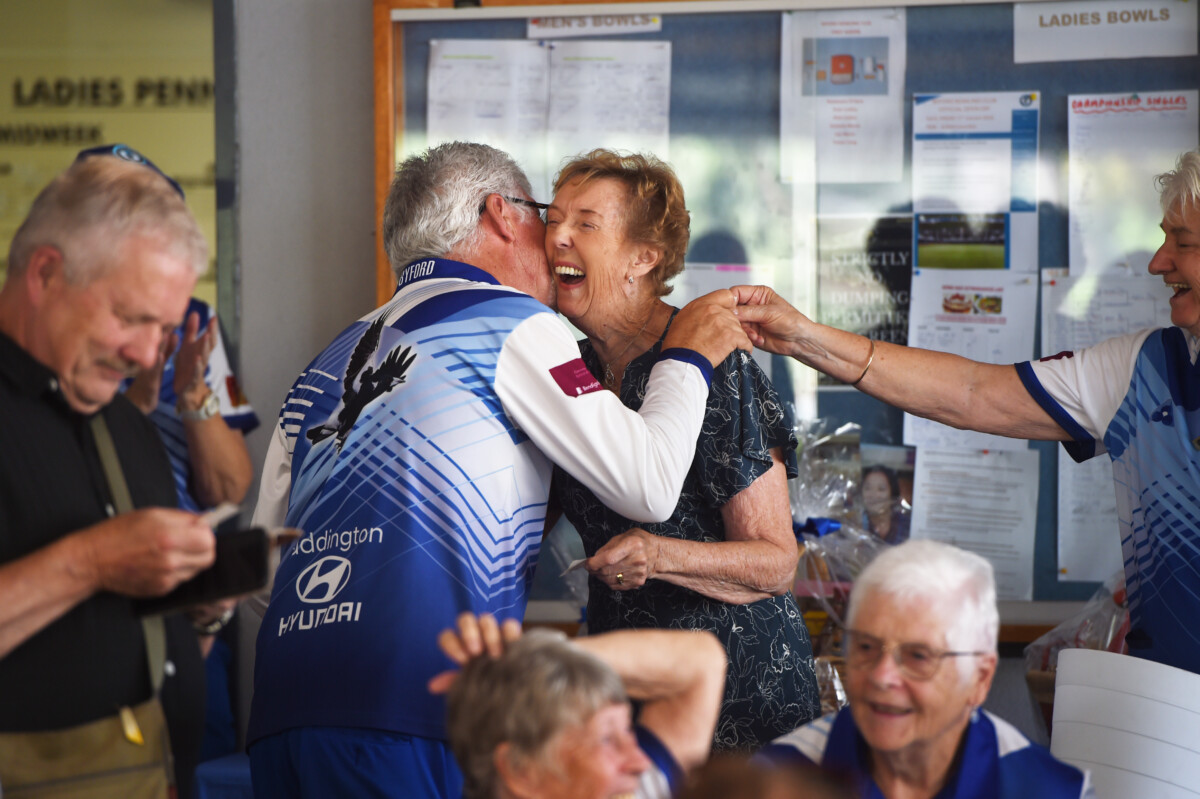
She praised the productive working relationship between the board and the bowling club committee, and thanked Ray Carey for being the indefatigable driver behind the project.
Bowls WA CEO Ken Pride then toasted to the success of the club, recalling his initial impression of the “pie in the sky” plans to relocate and rebuild the club.
“My first meeting as CEO 14 years ago was down at the old club, out the back. And I must say, the shire probably should have shut it down for occupational health and safety reasons,” he said.
“They told me of the grand plans they had of one of the big chains taking over, purchasing the club, and then using the funds to build a new function and bowling club.
“I drove back to the Osborne Park head office thinking that was the biggest waste of an hour and a half of my life, because those grandiose plans just won’t happen (in my opinion at the time).
“But I’m very happy to have been proven wrong. And it’s great to see the club succeeding so well. I hope you all enjoy the facility.”
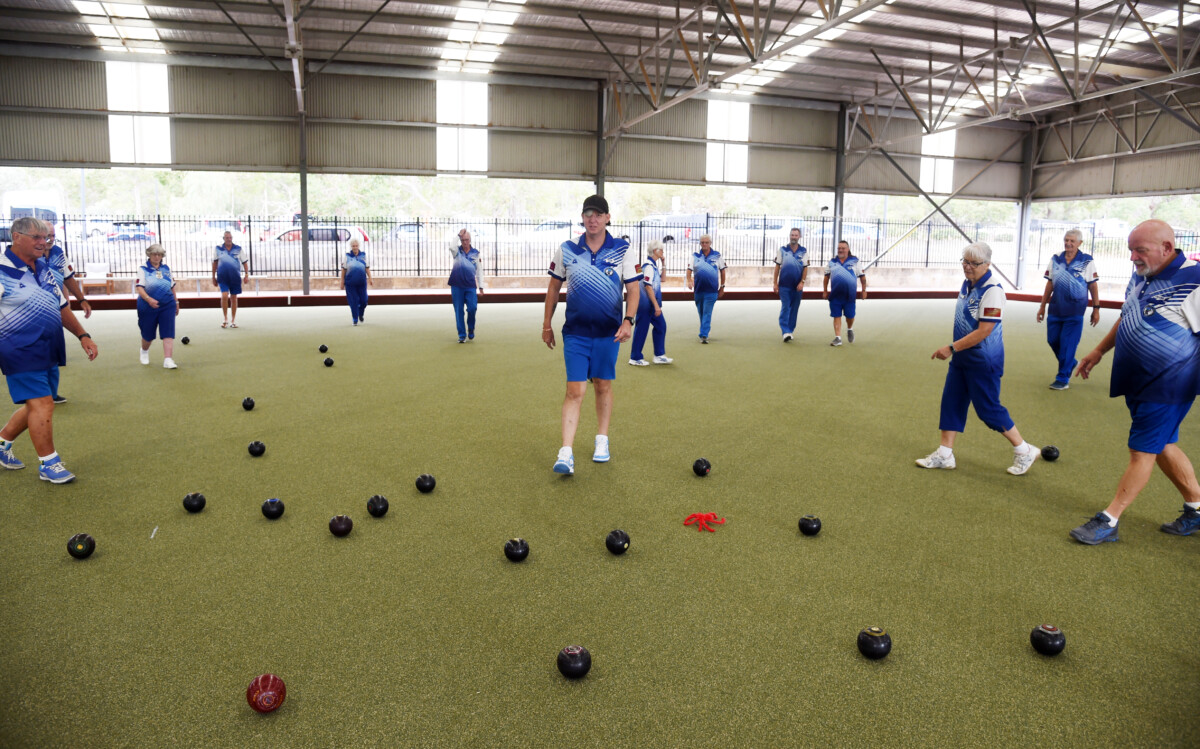
With the green now in use seven days a week, it’s already being well-and-truly enjoyed.
“I’m absolutely elated – it’s a lovely green, and it runs true,” Club President Frank Jones said.
Photographs – Richard Polden


